We all know the phrase ‘content is king’, but what kind of content? If it’s for bringing in new leads and driving conversions then you want interactive content. No matter what services or products you sell, from personalized greetings cards to workforce management software, here are some ways to make interactivity work for you.
1. Quizzes/Solution Finders
Once someone is on your website, you want to convert their interest into a purchase. One way to do this is to offer an interactive solution finder (or quiz) designed to lead them to the right product. This can avoid them getting distracted whilst browsing, and make sure they find what they’re looking for with ease. Depending on your product, you can even make this the recommended way of interacting with the site – the brand Function of Beauty does this very successfully.
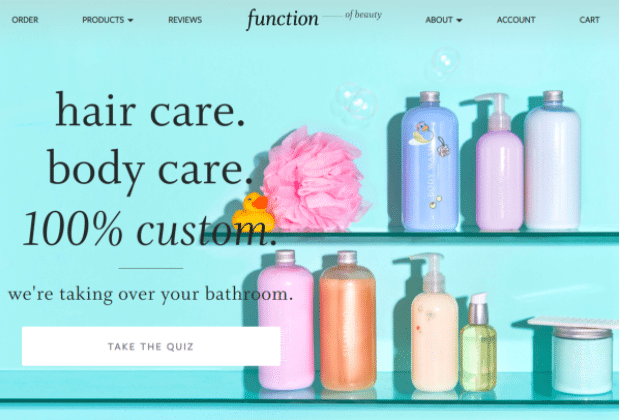
As you can see, new customers can just go straight to the product page using the top menu, but the quiz button is far more prominent. Clicking it takes you to building your ‘hair profile’, shown below. This solution finder also provides relevant information when you hover over the ‘i’ button, ensuring potential leads don’t click away due to a lack of understanding.
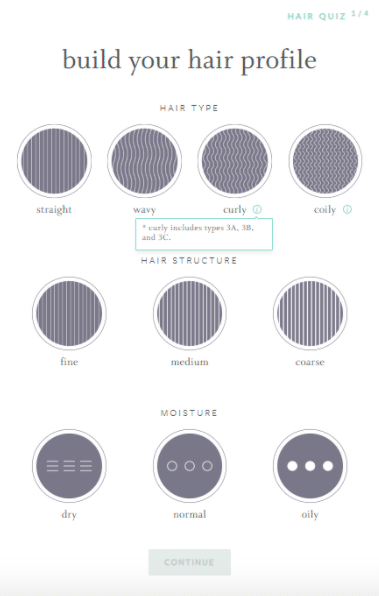
This is a B2C example, but you can easily adapt quizzes or solution finders to suit B2B customers as well. For instance, helping potential customers choose the right online meeting solution, or helping them narrow down which graphic design program fulfills their needs. We know that video improves customer experience, so you can even provide extra information or guidance this way.
2. Chatbots
Chatbots are a great way to both boost leads and provide customer support. You can use them to capture lead information, by requiring an email at the start of the conversation, and they can be programmed to answer common questions and route more complex queries to suitable agents. You can even go one step further and use an AI-powered chatbot, which can respond to more questions by using natural language processing. AI is used for many things, including AI for risk management or for software testing, and it’s worth considering for your interactive content too.
A chatbot should be able to answer both pre and post sale questions. Pre-sale questions can be things like asking about delivery times, average service costs, or product availability. Post-sale questions are more likely to be about specific aspects of products or services, for instance ‘how to record webinar’, ‘how to install’ or ‘missing part from delivery’.
The important bit for conversions is the pre-sale conversations, and you want to make sure it has a comprehensive set of information to pull from. In addition, you can add the option to arrange a call with an agent. This is useful for answering difficult questions, but can also be suggested to qualified leads who are likely to make a purchase, allowing you to provide a personal touch.
3. Self-Service Calculators or Assessments
If you’re offering a service that scales in some way – perhaps a video hosting platform or security solution – then having a calculator readily available is a great way to draw in leads. It can be intimidating to see pages and pages of numbers when looking for solutions, so having a pre-programmed calculator that can convert these into something practical makes engagement much easier.
As an example, imagine you’re a provider of a small business phone service. The calculator on your site could be used to provide quotes based on the number of employees, whether they need devices or just phone lines, what kind of service they’re looking for, and other such factors. It can also avoid leads that won’t go anywhere taking up your sales team’s time – if you have a minimum or maximum capability and they’re outside it, the calculator can inform them of this.
It’s not just B2B buyers that this can benefit, either. Providing a calculator gives potential customers much more accurate information, and means that those who go to the next step – providing a number or email for a callback, perhaps – are very likely to convert to a sale. Here’s a great example from a van hire company, allowing you to calculate what size van you might need to move house.
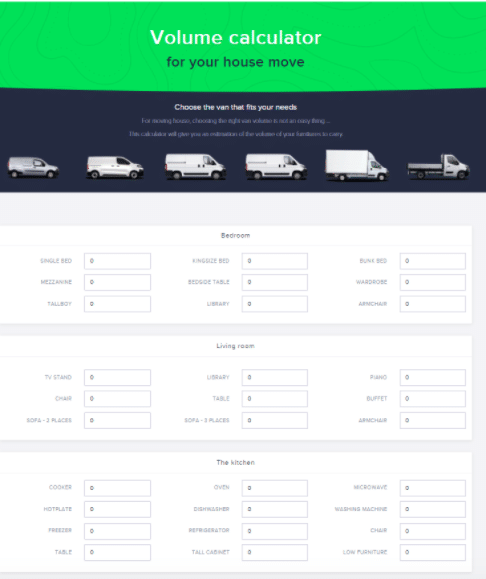
4. Interactive Infographics
Infographics are an incredibly engaging and often widely shared form of content. Their visual nature avoids people getting bored of reading large amounts of text, while still providing a lot of information to readers.
Interactive infographics go one step further, allowing you to present lots of data in an engaging way. For instance, if you’re showing a bar graph representing customer age groups, you can design it so that readers can click through different results from different years.
You can also start from a general point – perhaps SEO marketing in general – and then allow readers to click on areas of particular interest. That might be SaaS SEO consulting, blog SEO, or something else. One advantage of infographics being interactive is that you can update them with new information as needed, rather than having to create new content from scratch.
A great example of an interactive infographic comes from Information is Beautiful – this comprehensive look at data breaches. The screencap below really doesn’t do it justice. I highly recommend clicking through and exploring it to get a real idea of just what they can do for you.
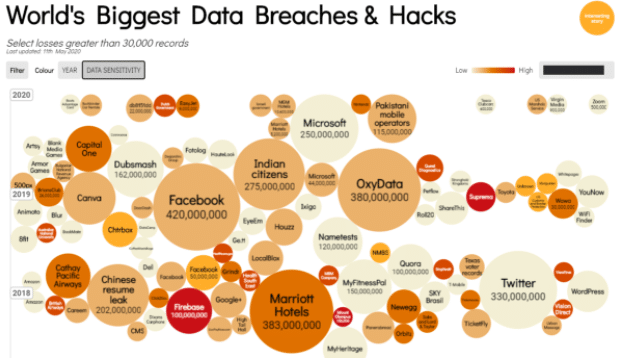
5. Contests
Finally, there’s the good old fashioned contest. This is less suited to sorting through leads and discovering which are qualified (the solution finder and calculator are best for that), but it’s great for driving engagement and grabbing the attention of new leads.
One way of running a contest to boost leads is to require entrants to post their entries on social media. One great example of this comes from ColourPop Cosmetics. They recently restocked one of their more popular products, and to drive the hype around the restock, ran a giveaway. As you can see below the method of entry involves two key things: interacting with the tweet and following the account.
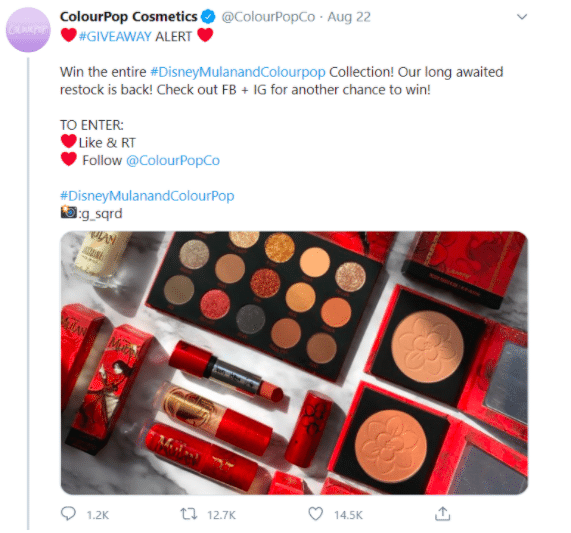
Interacting with the tweet means that every contest entry promotes that tweet into the timelines of other people, increasing its reach. Following the account builds that account’s status. This is a great way of using a contest to improve your social media standing, which in turn introduces you to new potential customers.
Interactive Content Benefits You Both
One great thing about interactive content is that it benefits both the business and the consumer. For consumers, it enables you to engage them on a personal level. Content like solution finders, quizzes, and calculators mean that potential customers can quickly find products and services that suit their needs, whilst they help businesses separate out qualified leads from unqualified ones. Chatbots enable customers to get quick answers, without putting extra pressure on your customer service team. Interactive infographics provide lots of interesting content in an easily accessible way and increase the chances that that content will be shared around. Contests, meanwhile, encourage further sharing and engagement. Interactive content gains twice as much engagement than static content (DemandGen), so there’s never been a better time to leverage this to boost leads and drive conversions.

Comments are closed.